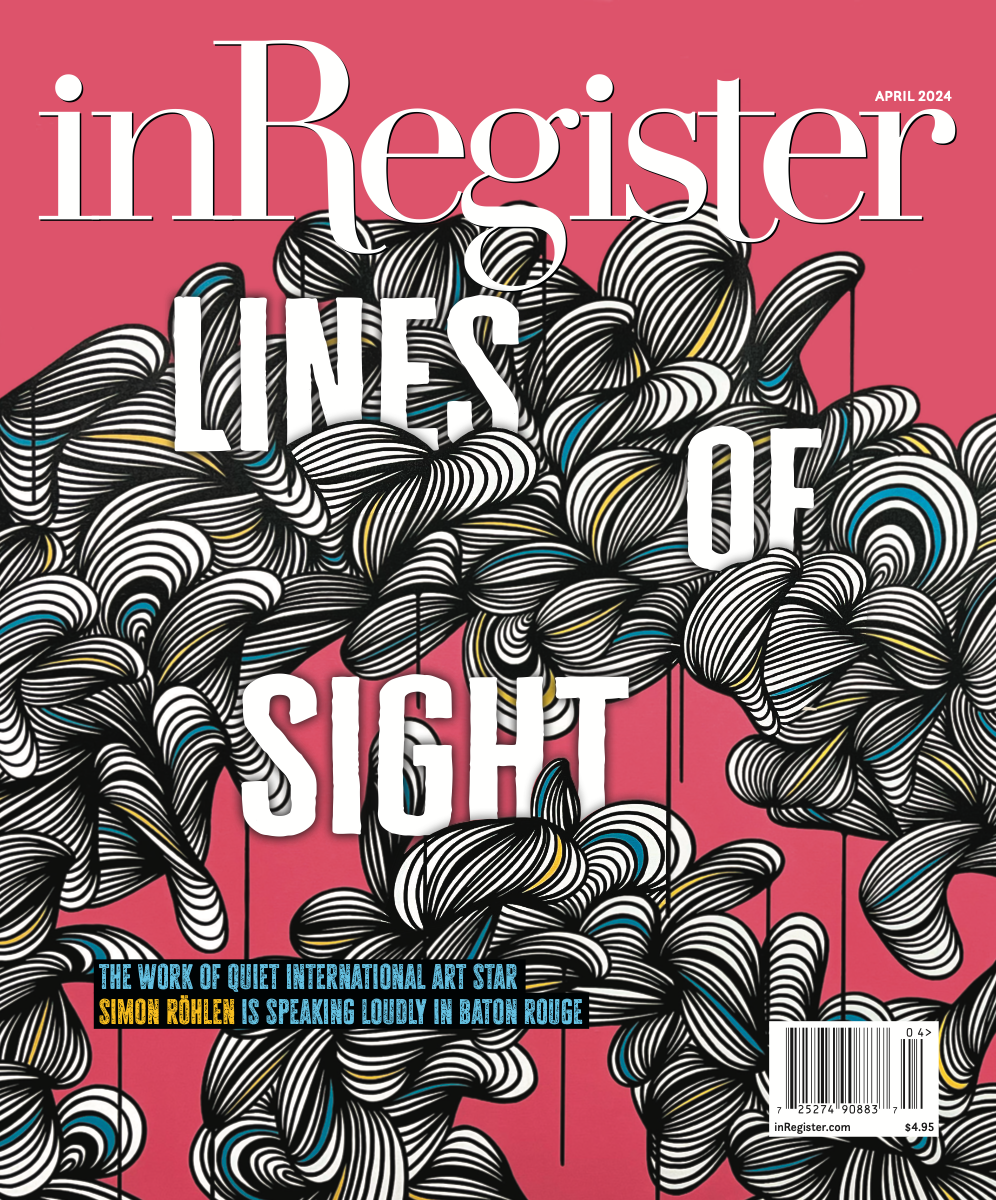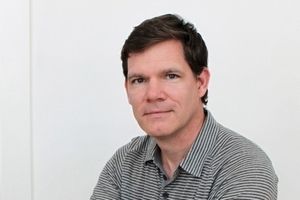The End of the Book
The final section of poet T. S. Eliot’s masterpiece The Four Quartets begins: “What we call the beginning is often the end / And to make an end is to make a beginning.” This cyclical, hopeful way of seeing does away with finality—at a loved one’s death, a great book’s last sentence—and anticipates new life. It seems the enabling truth of Porter Shreve’s intricate fourth novel, The End of the Book, published by LSU Press.
The novel’s two protagonists are divided by a century, but their connections increase with each chapter. One is Adam Clary, a young aspiring writer living in modern-day Chicago. He has shelved his literary ambition while working for Imego, a Google-like “monolithic search engine” that aims to digitize some 30 million volumes from libraries around the world. Dhara, his wife, also works at Imego; but unlike Adam, she’s committed to the project that augurs the end of the physical book.
In this storyline, Adam gets caught up assisting his eccentric and ailing father. When foreclosure renders the retired English professor homeless during the 2008 housing crisis, Adam installs his dad in an apartment in the high-rise complex where he and Dhara live. There Adam discovers notes his furtive father has amassed for a novel that would pick up where Sherwood Anderson ended his famous novel-in-stories, Winesburg, Ohio.
Chapters of the second storyline—alternating with those of the first—extend the “life” of George Willard, a character in Winesburg, Ohio. At that book’s end it’s 1896, and George boards a train to Chicago to become a writer. Shreve’s novel depicts George eight years later, sucked into big-city commerce, his desire to write unfulfilled.
What’s said of George applies to Adam, too: “He wished to be a deserter from his own internal civil war.” Will their literary dreams remain deferred? Let the hope for new beginnings propel you to the end of this book.












